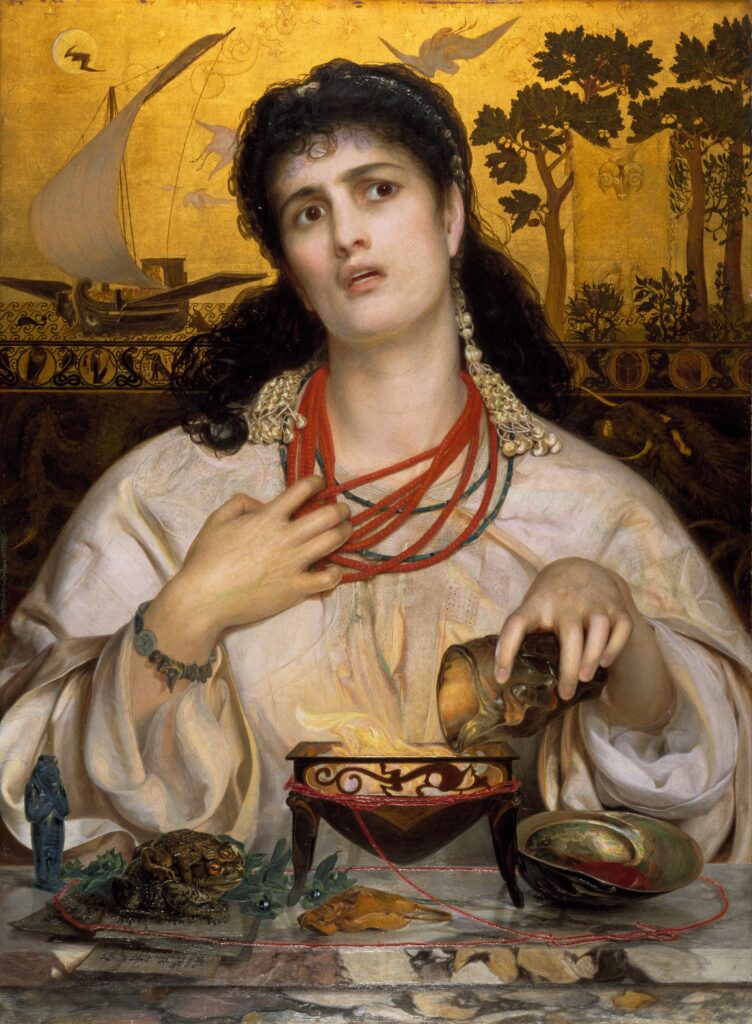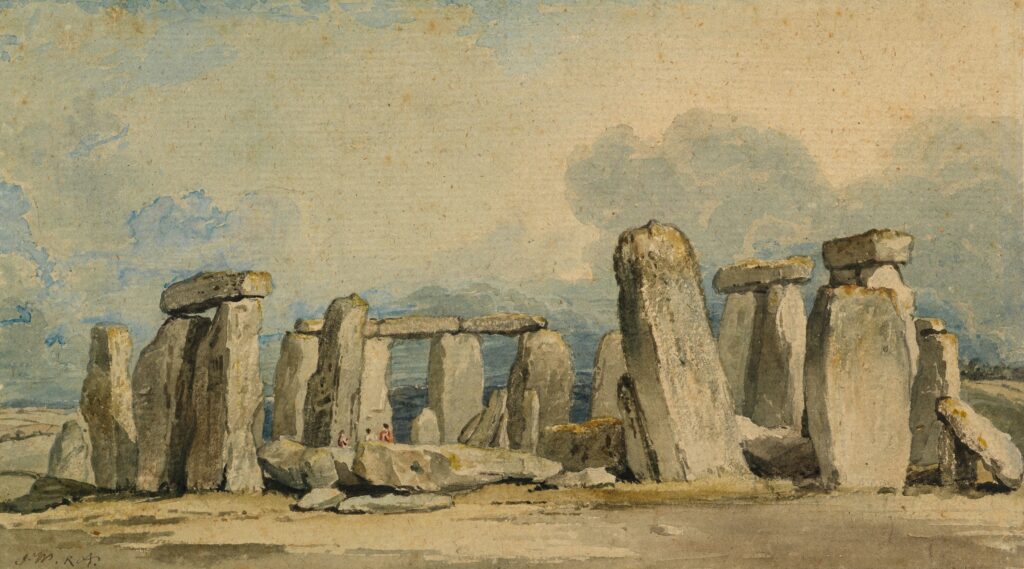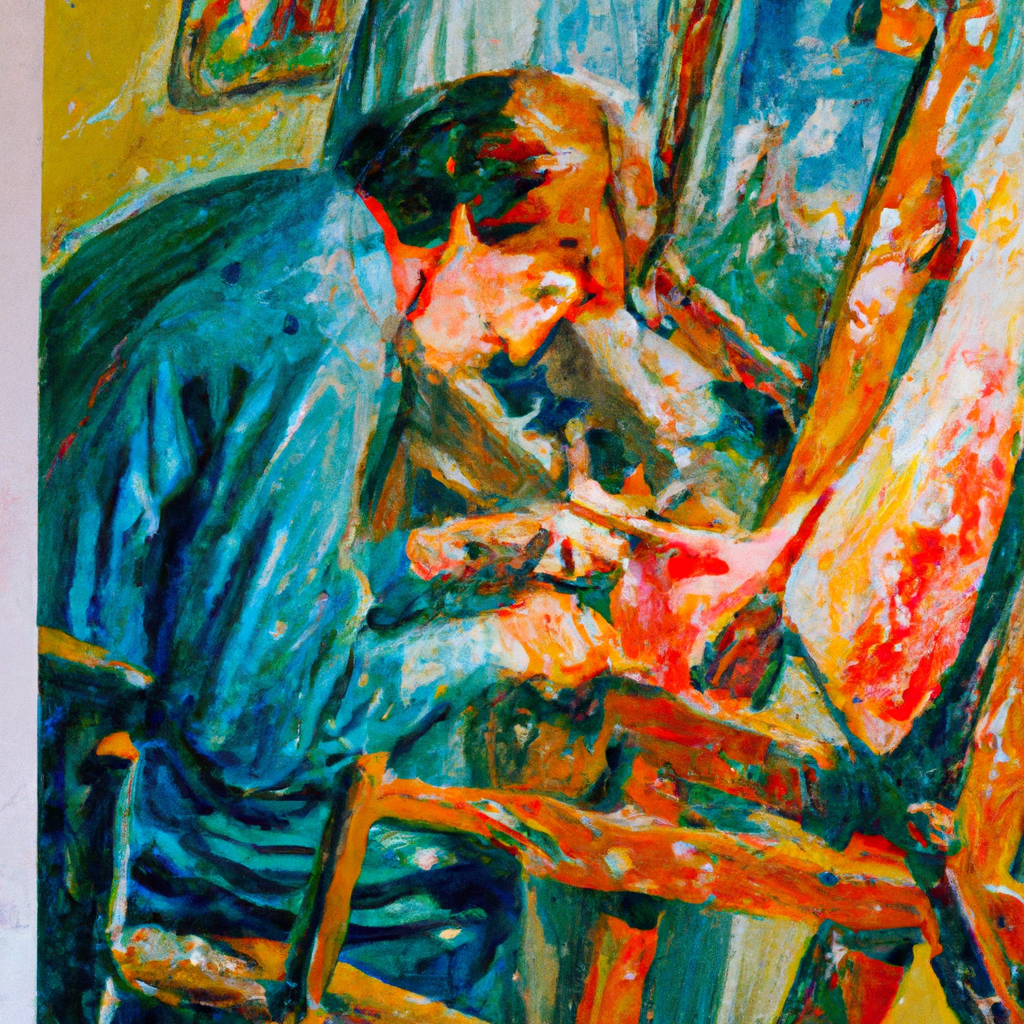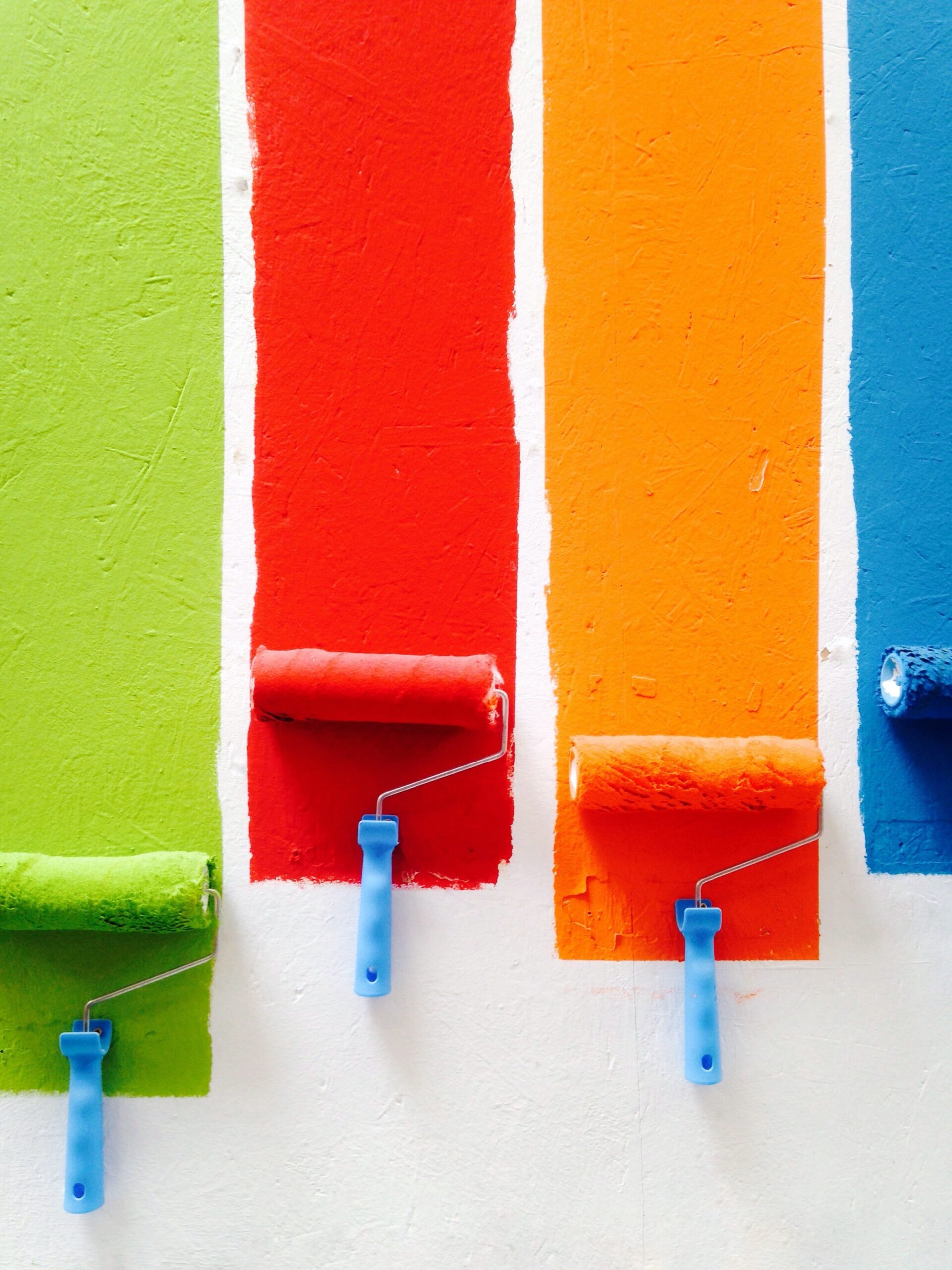In the world of art, maintaining the integrity of a masterpiece is paramount. However, even the most skilled artists encounter imperfections along the way. If you find yourself faced with a gouache painting that requires correction, fear not. This article will guide you through the process of fixing a gouache painting, providing you with expert tips and techniques to restore your artwork to its former glory. You will discover step-by-step instructions on remedying common issues such as smudging, color fading, and uneven texture. So, whether you are a seasoned artist or an aspiring creator, this article is here to equip you with the knowledge needed to salvage and revive your beautiful gouache paintings.
Materials and Tools
When it comes to fixing a gouache painting, there are several materials and tools that you will need. These include:
Paints
Having a set of high-quality gouache paints is essential for any painting project. Make sure you have a variety of colors to choose from to properly match the existing colors in your painting.
Brushes
Invest in a range of good quality brushes in different sizes and shapes. This will allow you to have more control and precision when applying the new layers of paint.
Palette
A palette is essential for mixing and blending colors. Make sure it is large enough to accommodate all the colors you will be using.
Water container
Having a water container nearby will help you clean your brushes in between color changes. This will prevent unwanted mixing of colors and ensure a cleaner application.
Paper towels
Keep some paper towels or cloth rags handy for cleaning brushes, wiping excess paint, and drying off your brushes.
Masking tape
Masking tape is useful for masking off sections of your painting that you don’t want to add any new paint to. This will help you achieve clean and precise edges.
Ruler
A ruler can come in handy for measuring and marking specific areas in your painting. This will be useful when making precise touch-ups and corrections.
Understanding the Issue
Before you can start fixing a gouache painting, it is important to first understand the issue at hand. This involves two key steps:
Identifying the problem areas
Carefully examine your painting and identify the areas that need to be fixed. Look for any mistakes, errors, or damages that need attention.
Determining the cause of the problem
Once you have identified the problem areas, try to determine the underlying cause. This could be a result of incorrect color mixing, poor paint application, or any other factors that have caused the issue.

This image is property of images.unsplash.com.
Cleaning and Preparation
Before you can begin fixing a gouache painting, it is important to clean and prepare the necessary materials and surfaces. This includes:
Cleaning brushes
Start by thoroughly cleaning all your brushes. Make sure to remove any dried or excess paint from the bristles. Use water and mild soap to clean them gently, ensuring that all the paint is completely removed. Rinse them well and let them dry before proceeding.
Cleaning palette
If your palette has dried paint or colors that you no longer need, clean it thoroughly. Use a damp cloth or paper towel to wipe away any residue. If necessary, use mild soap and water to remove any stubborn stains or dried paint.
Selecting a suitable surface
Choose a suitable surface to work on. Ensure that it is clean, smooth, and free from any dust or debris that could affect the painting process.
Masking off sections
If there are specific sections of your painting that you want to protect or leave untouched, use masking tape to create clean and precise boundaries. This will help you avoid any accidental paint spills or smudges.
Lifting or Removing Paint
To fix a gouache painting, you may need to lift or remove certain areas of paint. Here are some methods you can use:
Using a soft brush or sponge
Dampen a soft brush or sponge with water and gently scrub the area you want to remove. This will help loosen the paint and make it easier to lift off. Be careful not to scrub too hard to avoid damaging the paper or underlying layers of paint.
Blotting with a damp towel
If the paint you want to remove is still wet, you can use a damp towel to blot and lift off the excess paint. Make sure to blot gently in a dabbing motion to avoid spreading the paint further.
Scraping techniques
For stubborn or thick layers of paint, you may need to use scraping techniques to remove them. This can be done using a palette knife or a flat, stiff brush. Carefully scrape off the unwanted paint, being cautious not to damage the paper or any other layers of paint.

This image is property of images.unsplash.com.
Adding Layers or Touch-ups
After removing or lifting the undesirable paint, you can proceed to add new layers or make necessary touch-ups. Here are some techniques you can employ:
Mixing colors accurately
To ensure that the newly added paint matches the existing colors in your painting, make sure to mix the colors accurately. Use a clean palette and experiment with different combinations until you achieve the desired result.
Applying thin washes
Start by applying thin washes of paint to build up the layers gradually. This will help you achieve a more even and consistent application. Allow each layer to dry before adding the next one.
Building up opaque layers
If you need to cover up larger areas or make more pronounced corrections, apply opaque layers of paint. These will provide more coverage and hide any underlying mistakes or damages.
Retouching details
Pay attention to the finer details of your painting and make necessary retouches or corrections. Use smaller brushes with fine tips to achieve more precision and control.
Blending and glazing
To seamlessly blend the new layers with the existing ones, use techniques such as blending and glazing. Blending involves gently mixing the colors together to create smooth transitions, while glazing involves applying a thin, translucent layer of paint over an existing area to alter its color or tone.
Correcting Mistakes
Mistakes are bound to happen during the painting process. Here are some methods to correct them:
Covering with a collage
If the mistake is small or localized, you can cover it up with a collage. Cut out a piece of paper or a printed image that matches the surrounding area and glue it over the mistake. Make sure to blend the edges properly for a seamless integration.
Using opaque white paint
Opaque white paint can be used to correct mistakes or add highlights. Use a small brush and carefully apply the white paint over the desired areas. This will help in covering up any unwanted elements in your painting.
Employing mixed media techniques
If the mistake cannot be easily fixed with gouache paint alone, consider incorporating mixed media techniques. This could involve using other materials such as colored pencils, markers, or even collage elements to enhance or cover up the mistake.

This image is property of images.unsplash.com.
Fixing Uneven Textures
Sometimes, a painting may have uneven textures that need to be fixed. Here are some methods you can use:
Sanding the surface
If the surface of your painting is uneven or rough, you can use sandpaper to smooth it out. Be gentle and use a light touch to avoid damaging the paper or any layers of paint.
Adding texture gel or modeling paste
To add texture and depth to specific areas of your painting, you can use texture gel or modeling paste. Apply it with a palette knife or a brush, creating the desired texture before allowing it to dry.
Rescuing a Muddied Painting
If your gouache painting has become muddy and lacks vibrancy, there are ways to rescue it. Consider the following steps:
Color theory basics
Understand the basics of color theory to know which colors to use to counteract the muddy appearance. Complementary colors can help neutralize muddiness and bring back vibrancy.
Removing muddy sections
Carefully identify the muddy sections and remove or lighten them using the lifting or scraping techniques mentioned earlier. This will create a clean base to work with.
Bringing back vibrancy
Reintroduce vibrant colors by layering and building up new washes and opaque layers. Use brighter and more saturated tones to add life and vibrancy to the previously muddy areas. Blend and adjust colors as necessary to achieve the desired result.

Repairing Damaged Areas
If your gouache painting has any gaps, tears, or damages, here’s how you can repair them:
Filling in gaps or tears
Use a filler material, such as a mixture of acrylic gel medium and pigment, to fill in any gaps or tears. Apply the mixture carefully to ensure that the repaired area matches the surrounding areas.
Matching colors and textures
When repairing damaged areas, make sure to match the colors and textures of the surrounding areas. This will help the repaired sections blend in seamlessly with the rest of the painting.
Blending repaired sections
After the filler material has dried, use a brush and gouache paint to blend the repaired sections with the rest of the painting. Take your time and pay attention to the details to achieve a cohesive and natural result.
Preserving and Protecting
Once you have fixed and perfected your gouache painting, it is important to preserve and protect it for the long term. Consider the following steps to ensure its longevity:
Applying fixatives or varnishes
Apply a fixative or varnish to your finished painting to protect it from dust, smudges, and UV damage. Make sure to choose a suitable product that is compatible with gouache paint.
Storing artwork properly
Store your finished gouache painting in a clean and dust-free environment. Keep it away from direct sunlight, extreme temperatures, and high levels of humidity to prevent any potential damage.
By following these comprehensive steps, you can effectively fix a gouache painting and achieve the desired results. Remember to take your time, be patient, and constantly evaluate your progress to ensure a successful restoration process.



